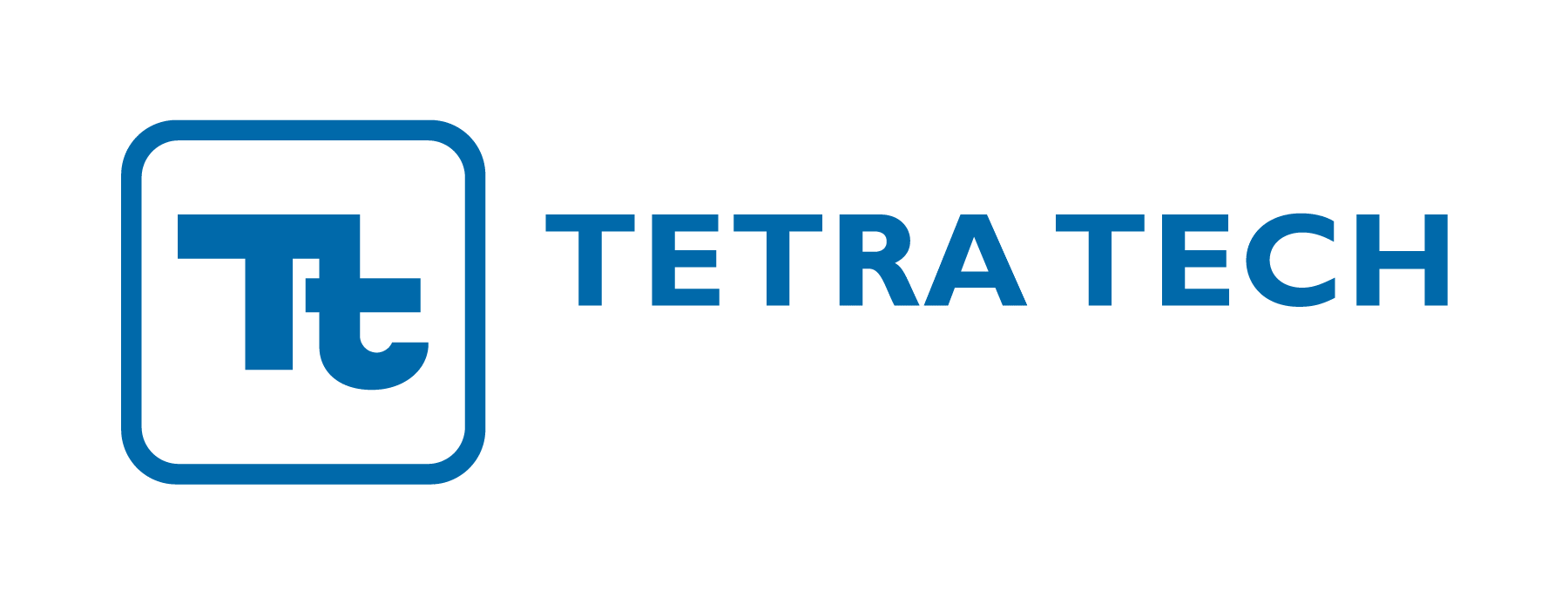After much disagreement, the UK finally left the EU on 31 January 2020 and now enters the Transition Period until the end of 2020, at which point the future trading relationship with the EU will be negotiated.
In this update, Will Martin, a Tetra Tech partner with expertise in UK product compliance requirements, provides an overview of UK REACH and its potential impact on chemicals regulations.
What is UK REACH?
In January 2019, Theresa May’s government passed a UK Statutory Instrument to provide a chemicals regulatory framework in the UK in the event of a no-deal exit. This is a copy and paste of EU REACH, in which EU entities are replaced by a UK counterpart:
- The European Chemicals Agency (ECHA) regulatory authority is replaced by the UK Health and Safety Executive (HSE)
- The EU REACH-IT database is replaced by a new UK system, ‘Comply with UK REACH’
- Where EU REACH references the EU Commission, UK REACH refers to the UK Secretary of State for Environment, Food and Rural Affairs
As with EU REACH, under UK REACH the “no data, no market” principle applies. Chemical manufacturers (or only representatives acting on their behalf) and importers must register substances in order to identify any hazardous properties of that substance. Where hazards are identified, they must check that all supported uses of that substance in the supply chain are safe through the development and communication of appropriate risk management measures and operational conditions. Without a registration in place, that substance cannot legally be placed on the market.
To avoid supply disruption when UK REACH comes into effect at the end of the transition period, transitional measures are provided and include:
- Existing EU REACH registrations held by UK-based companies, including UK-based Only Representatives, will automatically become UK REACH registrations.
- UK companies that transferred EU REACH registrations to EU-based entities in order to retain access to EU markets in the event of a no-deal Brexit will also transfer into UK REACH.
- For both cases described above, registrants will have to submit basic data about the substance as a Notification in the Comply with REACH IT system within 120 days of the end of the Transition Period. This information includes company details, the chemical registered, quantities produced/imported and evidence of their existing EU REACH registration. Full information appropriate to the registrant’s tonnage band will then need to be submitted within two years. No new fees will be payable for EU REACH registrations that are re-registered under UK REACH.
- UK based companies purchasing substances or preparations from EU-27 countries are currently Down Stream Users under EU REACH. Under UK REACH, they will become importers, meaning they will need to register substances. Such companies will need to submit basic information to the Comply with UK REACH database on the company, the chemical imported and information on safe use within 180 days. It is expected this information will be available from safety data sheets generated by EU REACH registrants. This interim notification will then need to be replaced with a full UK REACH registration after two years. Under UK REACH, EU-27 countries will be able to establish Only Representatives in the UK in order to benefit from this transitional arrangement and take on the registration obligation on behalf of their UK-based customers.
- Similar grandfathering applies to EU REACH Authorisations. UK-based holders of an EU REACH authorisation can continue to apply that authorisation in the UK under UK REACH. Such companies have 60 days (1 March 2021) to provide the UK HSE with technical information relating to the authorisation.
Under the terms of the Northern Ireland Protocol, negotiated as part of Boris Johnson’s Withdrawal Agreement with the EU, Northern Ireland will continue to follow EU rules on agricultural and manufactured goods and so will continue to follow EU REACH.
It should be stressed that at the time of writing UK REACH is still in development. While it is clear that it will be very similar to EU REACH, specific compliance details and timelines are subject to change.
How Likely is UK REACH?
Under the Theresa May government, there was a commitment to seek continued membership of ECHA and to continue operating under EU REACH through some form of associate membership. But with the advent of the Boris Johnson government and its chosen path of a hard Brexit, the UK will largely leave all EU institutions. In Boris Johnson’s speech on 3 February 2020 ahead of EU negotiations on the future trading relationship, he presented his vision that the UK should not be required to adopt Brussels-made EU rules ‘on competition policy, subsidies, social protection, the environment, or anything similar, any more than the EU should be obliged to accept UK rules’. Johnson also reiterated that if no trade deal was reached, the UK would revert to World Trade Organisation rules at the end of the Transition Period.
Further evidence of this stance becoming reality came on 7 March 2020 with the announcement that the UK would be leaving the European Aviation Safety Agency at the end of the transition period. This drew strong criticism from the aerospace industry. The trade body ADS has estimated it will take up to 10 years and cost up to £40 million annually to create a UK safety authority with all the expertise of EASA. This is in contrast to current costs of £1 million to £4 million a year to the European agency. It would also increase the regulatory burden and cost for UK-based aerospace manufacturers. The UK government says such costs are necessary because ‘Being a member of the European Aviation Safety Agency is not compatible with the UK having genuine economic and political independence’.
Of course, it is too soon to know precisely what will happen in the trade negotiations, or if external factors such as the coronavirus pandemic will have any impact on how the talks progress. Given the government’s vision of the future relationship with the EU, it seems unlikely that the UK will be operating within the framework of EU REACH following the end of the transition period. It is also unlikely that the UK will seek to extend the transition period given that one of the Johnson government’s first acts was to pass an amendment to the Withdrawal Agreement Bill, which ruled out any extension of the Transition Period beyond 2020. On that basis, industry is preparing for UK REACH to be in force on 1 January 2021.
UK REACH will likely change the landscape of product compliance within both the UK and the EU. As we approach the advent of UK REACH, we will keep you updated with any developments. For support on how your company can prepare to adapt to the coming changes, contact Tetra Tech’s REACH subject matter expert.






